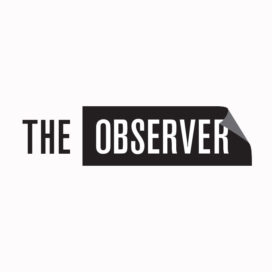Follow-on sales show some muscle
Published: February 21, 2006 / Author: Lynn Cowan
Market With a Lack of Glory Is Putting Up Better Results; Small Floats and Big Gains
Follow-on stock offerings don’t attract the attention or the glory that IPOs command, but they have been producing steady — and in some cases, surprising — returns for investors this year.
Many companies schedule follow-on stock sales within a year of their initial public offerings, and the process doesn’t often result in much fluctuation for the underlying stock price. But in the case of some companies that have sold relatively small amounts of stock in their IPOs, the follow-on sale can look more like a second debut, with first-day stock gains of 10% or more.
Take the case of Focus Media Holding Ltd., the largest owner of advertising display monitors in China, or specialty pharmacy Allion Healthcare Inc., which focuses on patients with AIDS. The two companies went public last summer and made double-digit percentage gains on their first days of trading, but their initial offerings allowed for the sale of only small amounts of stock.
In Focus Media’s case, 10 million American depository shares were sold in its IPO; in Allion’s, there were only four million shares available.
When they launched follow-on sales of more shares in late January, there was pent-up demand for the stocks. Focus Media’s new offering added 6.8 million ADS’s to the public float, while Allion’s added 4.4 million shares. Focus Media gained 19% on the first day its new shares began trading, while Allion gained 20%.
“When there’s not a lot of float out there, investors may see a follow-on as an opportunity to increase their positions,” says Richard Schultz, president of Triad Securities in New York, a broker-dealer that follows new-stock issuance. “Sometimes, people also use it as an opportunity to get out of a position.”
The follow-on stock-offering world isn’t usually the stuff of lofty gains — the average first-day return for such deals is at 3.5% this year, almost unchanged from 3.2% last year, according to data from Dealogic. That means for every Focus Media or Allion, there were a half-dozen stocks that didn’t make any gains or actually lost traction on their first day after follow-ons.
But this year, there have been more follow-ons that ended their first trading days above their offer prices than below: 77% did so, compared with 70% last year, says Dealogic. There also has been an increase in the total number of follow-on offerings, with 60 pricing versus 53 last year.
Much of the uptick in performance and number of deals likely is caused by the state of the broader stock market. Follow-on offerings are a microcosm of the market, which is up about 3% for the year; at this point in 2005, major indexes were down for the year.
Elsewhere in the IPO market:
Historically, bankers tended to price follow-ons slightly below the current stock price, but over the years, they’ve become more generous with those discounts, says Tim Loughran, a professor at the University of Notre Dame’s Mendoza College of Business. In 2003, the average discount for a New York Stock Exchange follow-on offering was 3%, compared with 0.7% in 1986; for Nasdaq listings, it has grown to 5.1% from 0.6%, according to a study Mr. Loughran co-wrote in 2004.
# # #
/news_and_events/news_articles/article/3662/follow-on-sales-show-some-muscle




